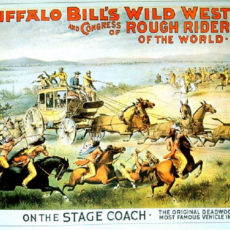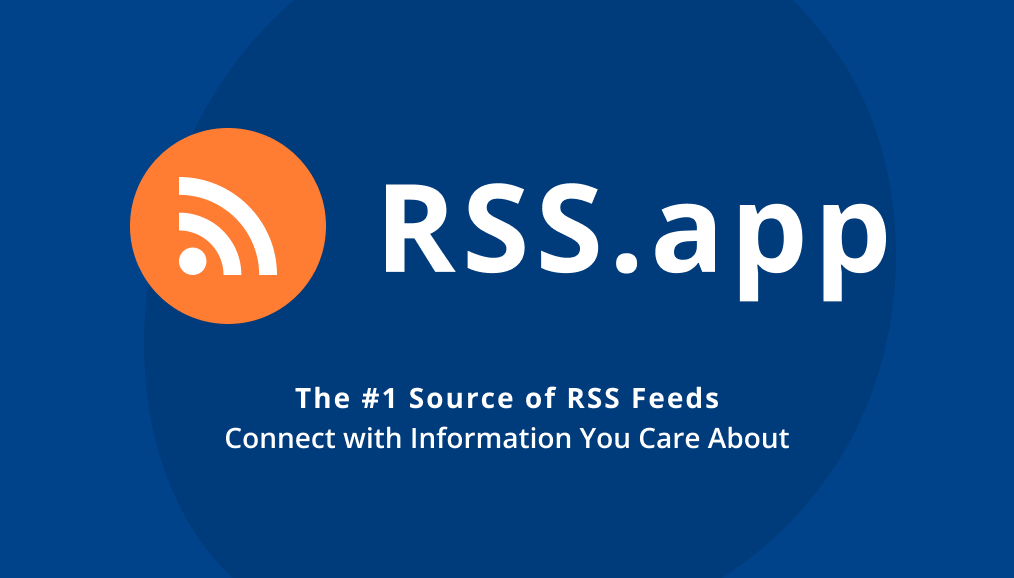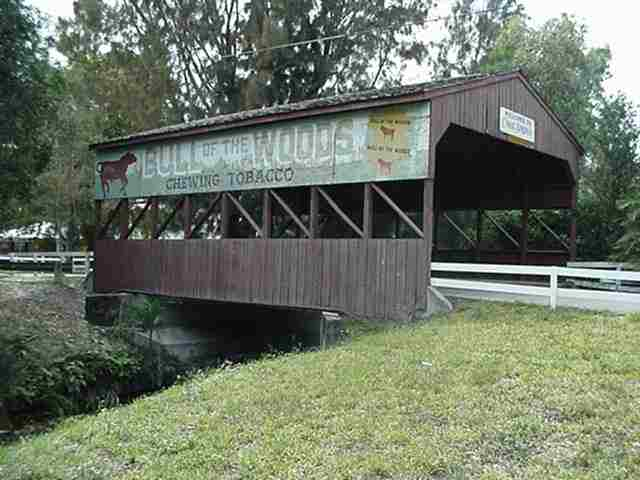![]() Many parents assume that their children are riding safely in vehicles. After all, the state law requires children to ride in safety seats only until age three and many children have outgrown their child safety seat. Parents incorrectly believe that once children reach four years old and 40 pounds that they’re ready for an adult seat belt. The only way a child can use the adult lap and shoulder belt appropriately is with a booster seat.
Many parents assume that their children are riding safely in vehicles. After all, the state law requires children to ride in safety seats only until age three and many children have outgrown their child safety seat. Parents incorrectly believe that once children reach four years old and 40 pounds that they’re ready for an adult seat belt. The only way a child can use the adult lap and shoulder belt appropriately is with a booster seat.
Unlike safety seats for younger children a booster seat raises the child so that the lap and shoulder belts can fit the child properly and work effectively. Generally, children under 80 pounds ( approximately 8 years old) should ride in a booster seat. Yet, 95 percent of children are not riding safely in booster seats. Early graduation of kids into adult lap and shoulder belts is the leading cause of child-occupant injuries and death.
Many times children slouch and do not ride upright in a lap and shoulder belt which can cause injuries or for the child to be ejected from the belt in a crash. The placement of the lap belt high over the child’s abdomen can cause seatbelt syndrome or internal injuries during a crash. Any organs within the abdomen are vulnerable. Severe injuries have been seen to the intestines, diaphragms, and spinal cords. The shoulder strap can also rub against the neck causing injuries or children tend to tuck the belt behind them which means the lap belt is the only thing holding them. In a crash this can cause internal injuries. If the belt is tucked under the child’s arm, the belt is then on the weaker ribs. The ribs will not be able to support the force placed on them by the belt during a crash and internal injuries can be the result.
| Proper Child Safety Seat Use Chart Buckle Everyone. Children Age 12 and Under in Back! |
|||
|---|---|---|---|
| INFANTS | TODDLER | YOUNG CHILDREN | |
| WEIGHT | Birth to 1 year up to 20-22 lbs. |
Over 1 year and Over 20 lbs.-40 lbs. |
Over 40 lbs. up to 80 lbs. |
| TYPE of SEAT | Infant only or rear-facing convertible | Convertible / Forward-facing | Belt positioning booster seat |
| SEAT POSITION | Rear-facing only | Forward-facing | Forward-facing |
| ALWAYS MAKE SURE: | Children to one year and at least 20 lbs. in rear-facing seats
Harness straps at or below shoulder level |
Harness straps should be at or above shoulders
Most seats require top slot for forward-facing |
Belt positioning booster seats must be used with both lap and shoulder belt.
Make sure the lap belt fits low and tight across the lap/upper thigh area and the shoulder belt fits snug crossing the chest and shoulder to avoid abdominal injuries |
| WARNING | All children age 12 and under should ride in the back seat | All children age 12 and under should ride in the back seat | All children age 12 and under should ride in the back seat |
According to the National Highway Traffic Safety Administration ( NHTSA), of the 479 children killed ages five to nine in motor vehicle crashes in 1997, 157 were probably too small for seat belts to protect them. NHTSA also estimates that as many as 56,700 children in this age group were injured, despite wearing seat belts.
Many parents believe that booster seats are not required and therefore, not the law so they do have to use them. There are two laws: state law and the laws of physics of which the effects can last a lifetime. The State of Florida is the first state to pass a booster seat law requiring children under nine years old and 4’9″ to be in a booster seat while riding in a vehicle effective July 1, 2001.
Booster seats now are designed to go up to 80 to 100 pounds. The five point harness is used until the child reaches 40 pounds, then it is removed and the child sits on the booster seat using the lap and shoulder belt. Meanwhile, many parents use add on devices to adjust the placement of the seat belt on the child. This is a common and dangerous misuse. Safety experts warn that the devices many times, work by pulling up the lap portion of the belt into the child’s abdomen, creating a high risk for injury. Past tests with NHTSA also showed these items degraded the performance of the seat belt system and can increase the chance of injury.
For more information on booster seats or child safety seats call, Cindy Heafy at 344-1833.
TIPS FOR BUCKLING UP/ AND CHOICE OF A BOOSTER SEAT:
* The proper position for a child in a booster seat is:
The shoulder belt should lay smoothly across the shoulders and chest.
The lap belt should fit low and snug over the hips and upper thighs.
* The belt-positioning booster is the best choice if your car has a combination of lap/shoulder belts in the rear seat.
* Use a booster seat with a high back if there is no head restraint for the child.
If the booster seat has a five point harness remove the harness when child reaches 40 pounds and use the lap/shoulder belt.
Cindy Heafy is the Community Involvement Coordinator for the Coral Springs Police Department. She can be contacted by email at : pdcsh@ci.coral-springs.fl.us (click here)
Check out these links:





 Click Play Button for Live Broadcast or here for more information
Click Play Button for Live Broadcast or here for more information 












